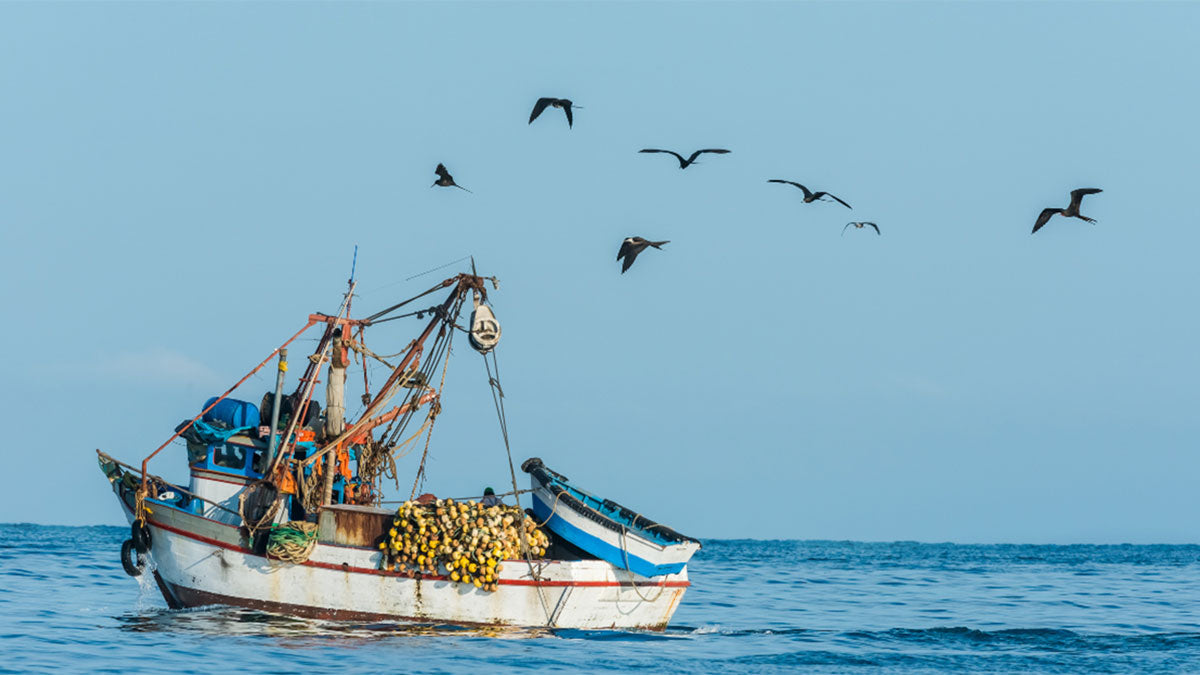Fishing According to Phases of the Moon, An In-Depth Look
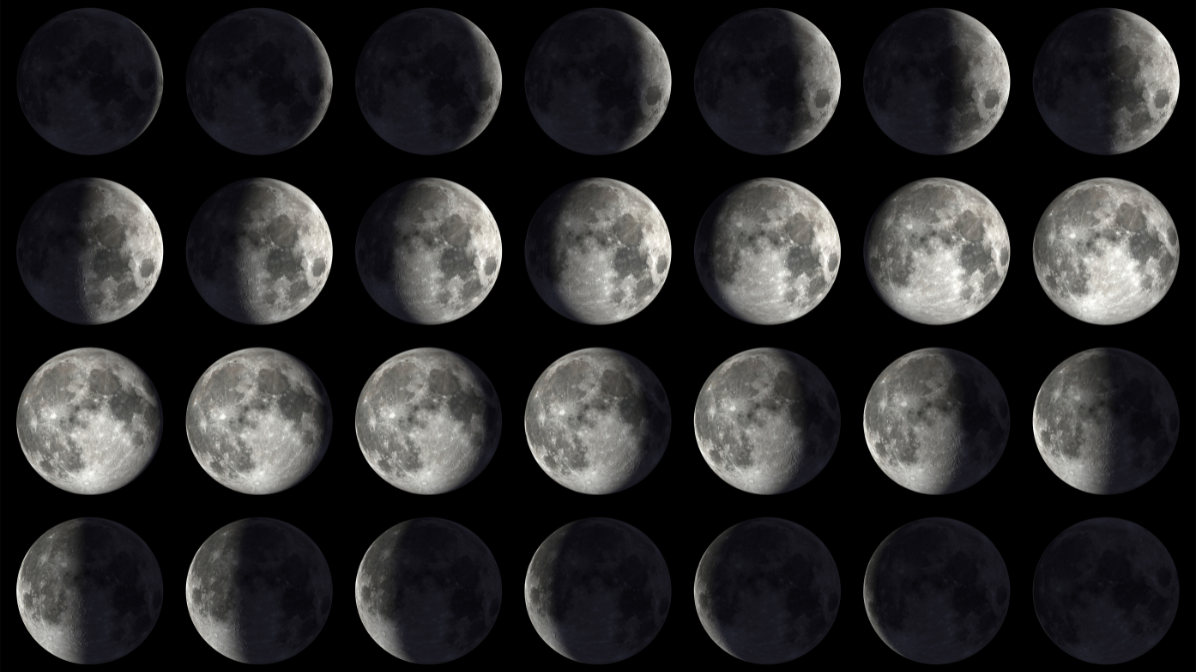
Does the Lunar Cycle Influence Freshwater Fishing?
In the world of fishing, the concept of fishing according to moon cycles has always intrigued me. Having cast my line during all lunar phases, I've observed both successful days and those fraught with challenges However, I've yet to rigorously examine the correlation between specific lunar phases and my fishing outcomes. Embracing the notion that "a rough day of fishing beats a great day at the office," I've favored a down-to-earth approach, cherishing the overall joy over the sporadic disappointments.
The calming effect of nature has been a constant companion in my fishing journey, with the lunar cycle subtly enhancing the setting. Although I haven't focused extensively on the moon's influence, its mystical presence is part of the natural environment.
Finding contentment in the embrace of nature and the quest for elusive fish has satisfied me, without the need for detailed lunar analysis. Nonetheless, I hold great respect for the seasoned anglers who taught me, who staunchly believed in the significance of the lunar phases.
This year heralds a fresh chapter in my fishing saga—an intentional stride to diligently record my fishing expeditions and their alignment with the lunar phases. This endeavor seeks to reveal the nuanced interplay between celestial patterns and fishing outcomes. As I navigate this moon-led journey, my aim is to not only uncover patterns in my fishing habits but also to enhance my reverence for the enigmatic forces at play over our aquatic adventures.
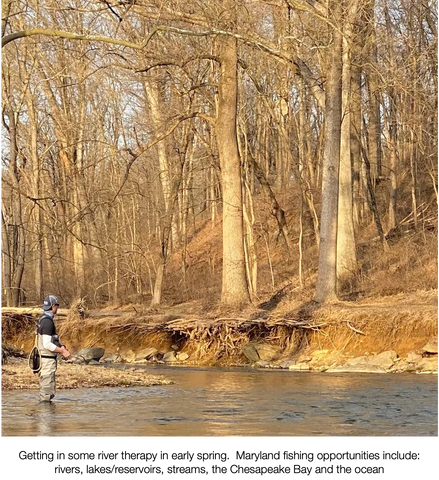
Notable Moon Phases Thought to Affect Fishing:
Dark Moon: When the moon tucks itself between the Earth and sun, the night skies grow darker. This phase, often referred to as the new moon, encourages fish to explore shallower waters due to the enhanced tides, offering an ideal scenario for fishing.
Quarter Moon: As the moon makes its quarter-way journey around Earth, showing off a semi-illuminated facade, its gravitational influence on Earth's waters wanes, leading to less dramatic tidal movements. The fishing experience during this phase can be mixed, with some anglers noting a decrease in activity.
Bright Moon: When the moon is fully illuminated, standing opposite the sun with Earth in between, it bathes the night in light. This luminosity, coupled with the robust tidal activity, is believed to stir fish into more vigorous nocturnal feeding, making it a favorite moment for fishing enthusiasts.
Waning Quarter: With the moon three-quarters through its orbit and half its surface lit, this phase mirrors the first quarter in terms of tidal impact—less intense but still capable of influencing fish behavior and fishing prospects.
When is the Best Time Of Day to Fish?
In my experience, the prime fishing times often align with when fish are at their peak activity levels, which is usually around dawn and dusk. These moments are affectionately referred to as the "magic hour" or "golden hour." Additionally, fish seem to exhibit increased activity under low-light conditions, like on cloudy days. Nonetheless, the ideal times for fishing can differ based on various elements such as the type of fish, the weather, and the location of your fishing spot. For example, some of my most memorable freshwater fishing experiences occurred between 10:00 am and 12:00 pm, one in a river and the other on a lake. While possibly not the most ideal, I've generally found sunny days to be the most enjoyable time to fish - Blue skies and casting lines.
While discussions about fishing according to the moon phases often center on night fishing, I'm not very interested in fishing in the evening. My interest lies in understanding the impact of the lunar cycle on the dawn and dusk periods, speculating that these could be extended or intensified by lunar activity. My curiosity extends to how these phenomena influence fish behavior in different environments, such as lakes, rivers, and streams. Conversations with several saltwater charter captains over the years have bolstered my belief that lunar phases play a significant role in fishing success during tidal movements. It's widely recognized among saltwater anglers that the fishing "bite" improves with the tides, underscoring the well-accepted link between the moon and tidal changes.
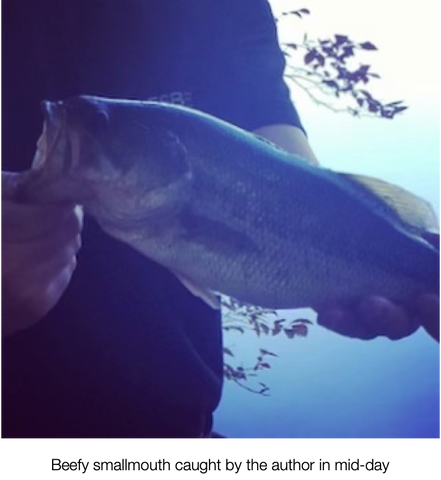
The Current Hypothesis
Gravitational pull is thought to be one of the factors that impact fish. That said, it doesn't noticeably affect the water levels and tides in freshwater fishing environments like it does in salt water and in brackish environments. This makes it harder to drive any conclusions. Because of this, some anglers don't give this variable much consideration. However, I believe that gravitational pull could possible impact the behavior of fish and insects.
The prevailing hypothesis and the one that is the easiest to wrap my head around suggests that the illumination provided by the moon enhances the fish's visual capabilities, facilitating their feeding activities throughout the night. As a result, they might not feel as inclined to feed the following day. On the flip side, it is advised to focus fishing efforts during the daytime when there's a new moon, considering that fish may not actively seek food in the absence of light.
Assuming this theory holds and the fish have indeed indulged in nocturnal feasting, one might ponder the strategies required to stimulate their appetite. Could it be advantageous to transition from using baits that mimic natural prey to ones that are somewhat more unconventional? To streamline our discussion, let's concentrate on devising tactics specifically for targeting largemouth bass under these conditions.
Modifying Color Choices
Perhaps opting for a more outrageous color would have been a wiser choice. I generally prefer hues and patterns that mimic the natural environment, yet I wonder if a more vivid color like chartreuse or pink could have enhanced my success on those days when fishing was just average. I believe that fish are inherently opportunistic feeders; they're likely to strike at something unusual or less commonly encountered in their diet. As an anecdotal observation, I recall a fishing legend who consistently outperformed others by catching smallmouth bass with a purple rubber worm—a color far from being considered natural. Yet, he had remarkable success with it, proving that unconventional choices can sometimes lead to exceptional outcomes.
Targeting by Temperament
Switching gears to using chatterbaits or buzzbaits could be a clever move. My opinion is that fish often strike these lures out of irritation rather than hunger. Such an approach targets their instinctual aggression rather than their feeding instincts, and bass, in particular, are notorious for attacking lures not just for food but also out of sheer aggressiveness.

To tap into their instinctual behaviors, using a topwater lure to provoke a reactionary strike might be effective during these times. While my experiences with topwater lures have been hit or miss, I continue to use them because the strikes they do provoke are spectacularly explosive. Even with full stomachs, fish might still succumb to their impulsive reactions and go after these lures.
Leveraging Defensive Instincts
During specific seasons, bass become highly protective of their spawning areas. Introducing a lure that mimics a predator, like a rubber lizard, near or directly into their spawning zones can trigger a defensive strike. Such reactions are motivated by an instinct to protect their offspring from perceived dangers, rather than by hunger. This method proves particularly potent for targeting bass that are actively guarding their nests, and it works regardless of the moon's phase. A memorable instance of this approach in action occurred when a largemouth bass burst from under the water lilies, akin to a rocket departing Cape Canaveral, and ferociously hit my Texas-rigged rubber lizard.
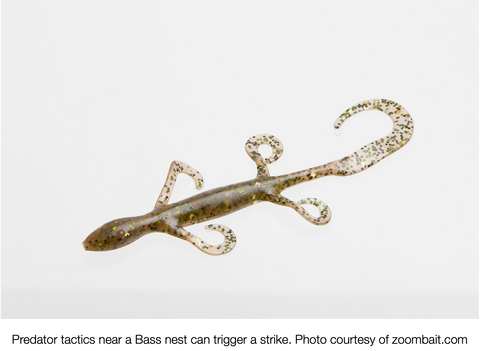
Fishing Tactics For the Best Moon Phase Cycles
My strategy for capitalizing on the optimal fishing times right after the new moon is pretty simple. Assuming the theory is correct and fish are in a feeding frenzy, using lures that mimic their natural prey is likely to be successful. I'd shy away from using overly vibrant colors and would probably set aside the buzz baits and chatter baits to avoid causing too much disturbance in the fishing spot.
During these phases, I plan to stick with the techniques that have historically yielded the best results for me. There's a wide variety of options within these preferred categories. Depending on the specific environment, I'll opt for spinners with hair and feather patterns that can mimic various baitfish at once. Shad pattern minnow lures, especially those that appear injured, are among my favorites. Crayfish imitations are also a hit with bass and seem like a smart choice. Additionally, I'm aiming to improve my skills with softbaits this year, having received some coaching. I believe this period could offer a great opportunity to refine my lure presentation skills.
In Closing
As a lifelong fisherman, it is my hope to continue to evolve and learn. With over four decades of fishing experience currently under my belt, I remain humbled by the vast expanse of knowledge I’ve yet to uncover. I question if my skills match those departed mentors who instilled profound concepts like the significance of fishing in tune with moon. Although unsure if my mentors would concur, I hope they would be pleased with my progress. Some concepts they embraced, like fishing by moon phases, weren't fully conveyed. In the coming days, I'll diligently document my results to explore potential correlations and share this ongoing exploration with you. Stay tuned for updates on this captivating odyssey into fishing according to phases of the moon and how it pertain to the art of fishing.




